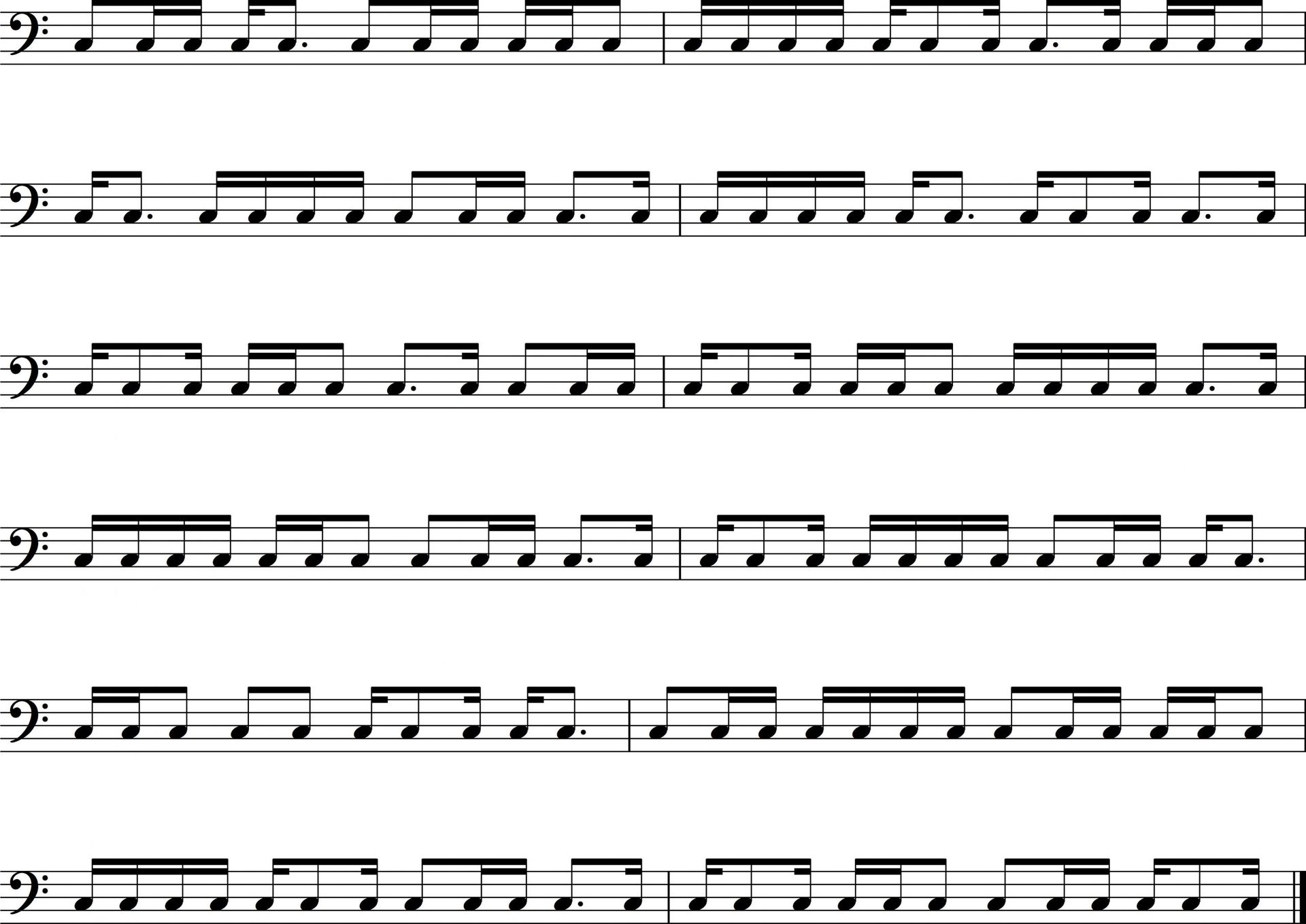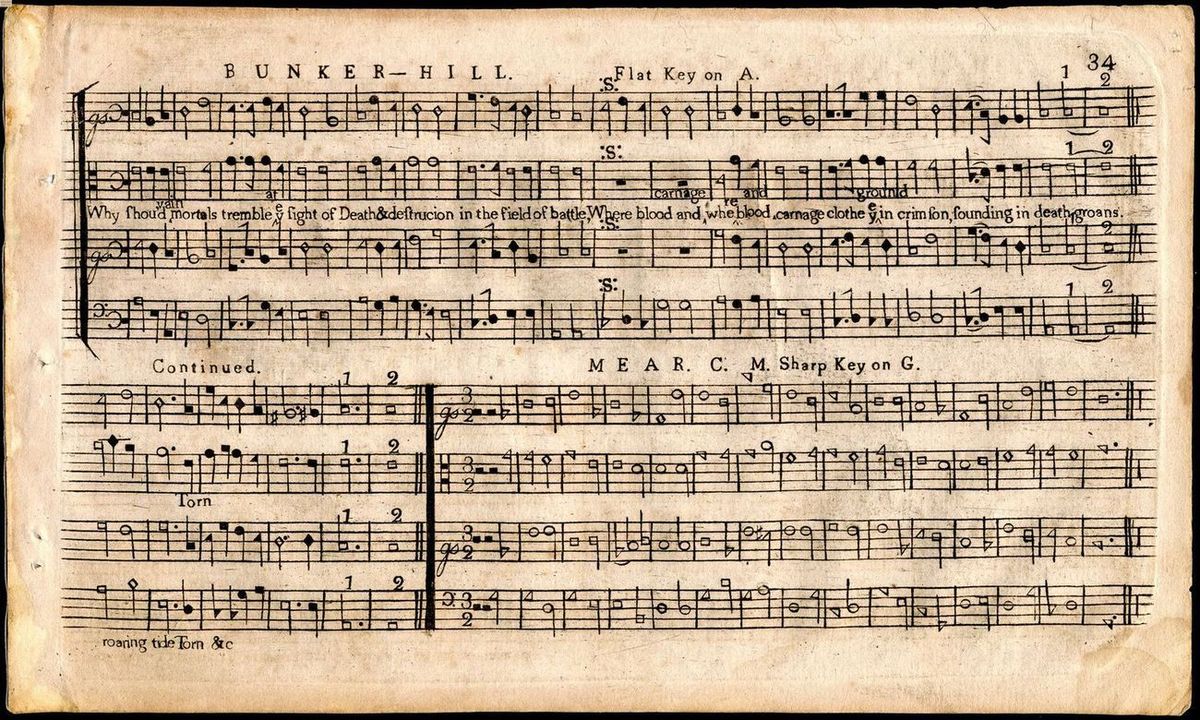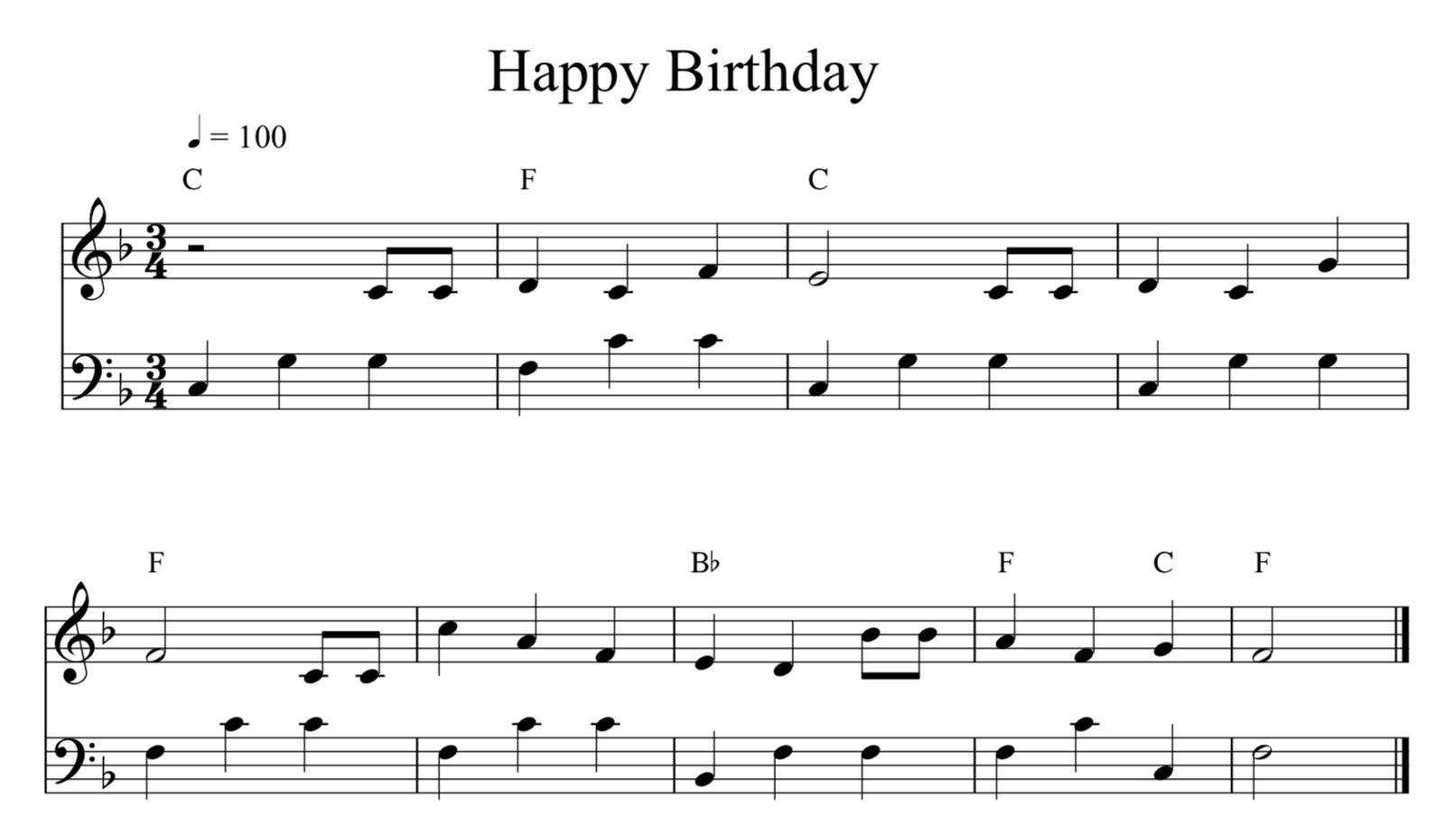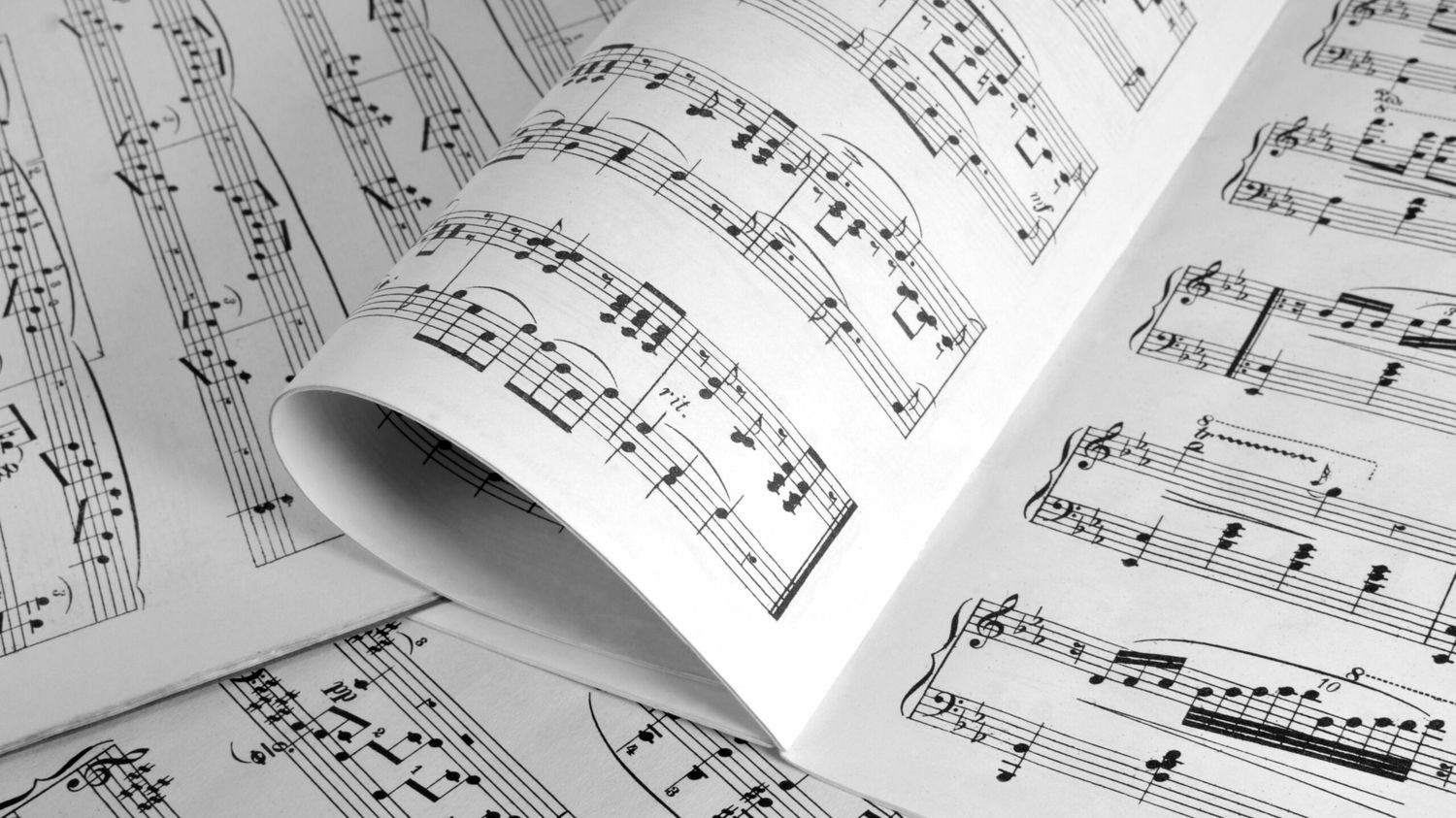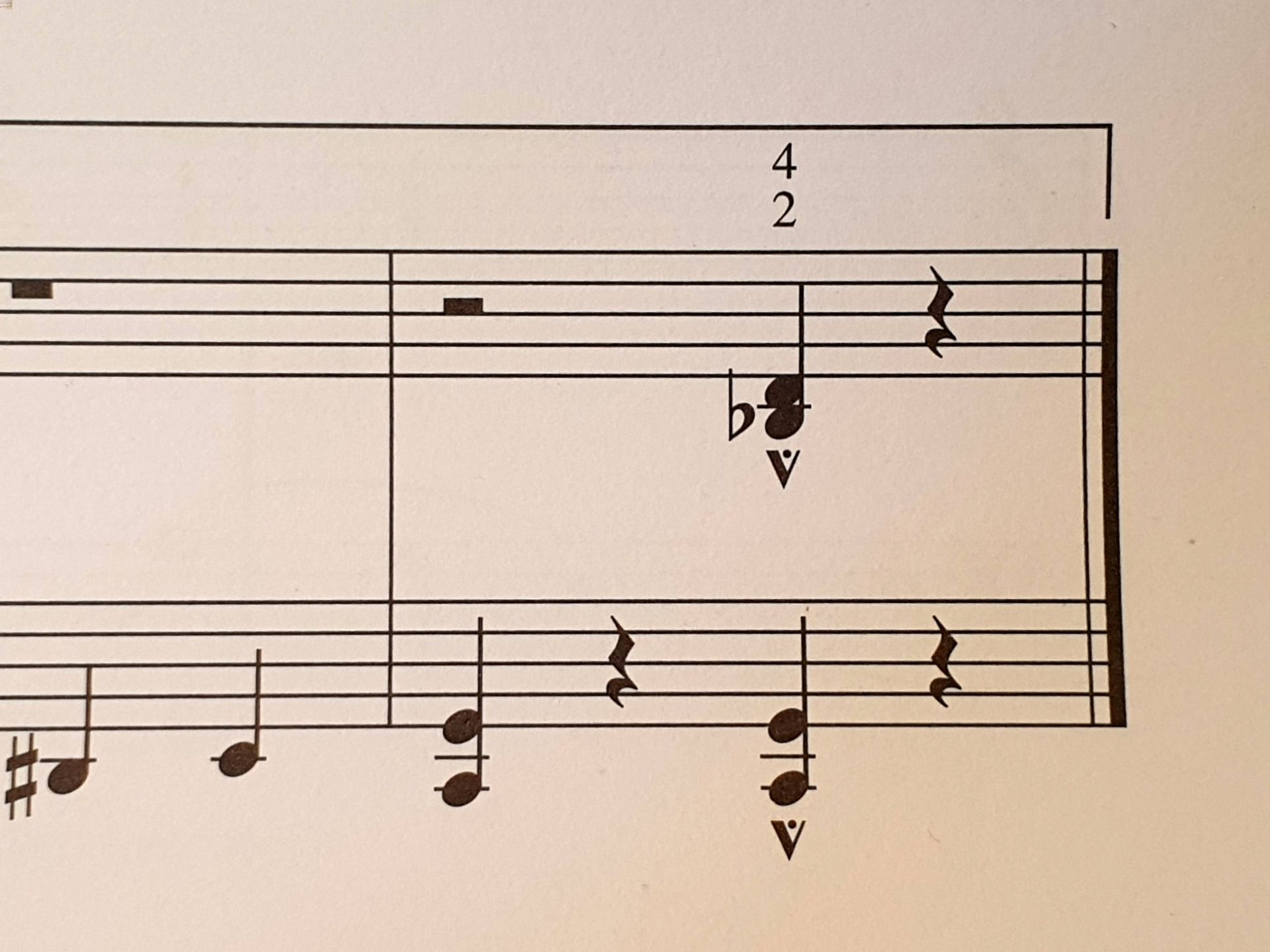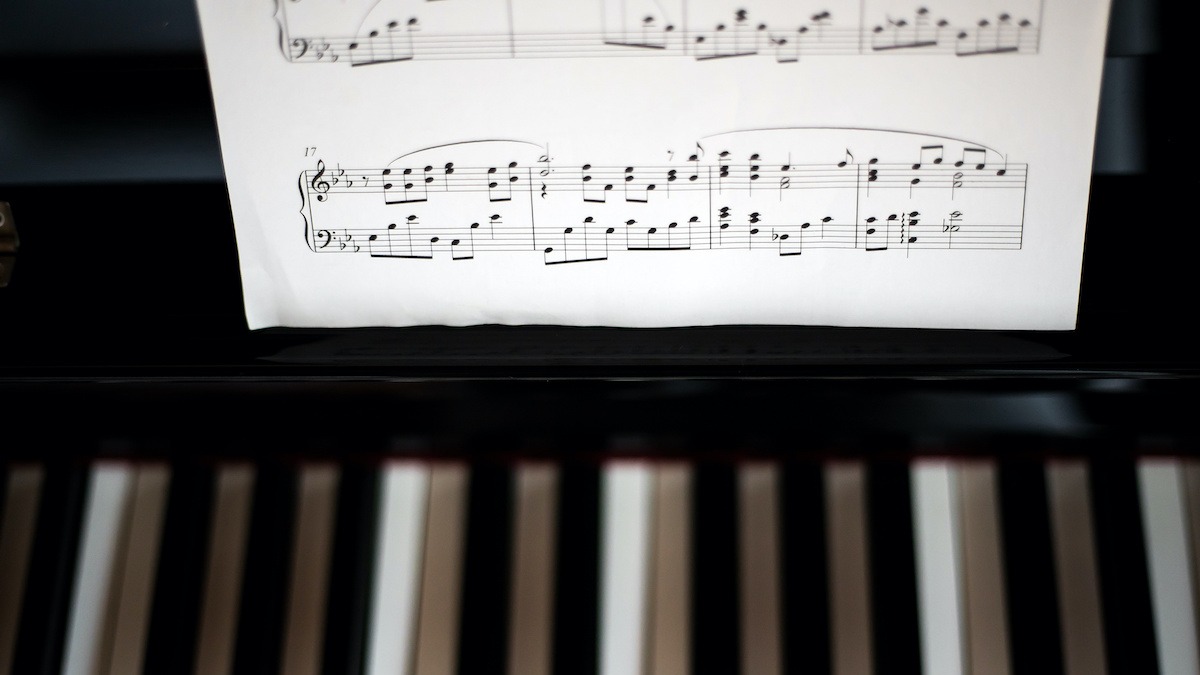Home>Events & Info>Note>What Is A Tonic Note In Music


Note
What Is A Tonic Note In Music
Published: December 5, 2023
Learn about the importance of tonic note in music and how it sets the foundation for melodies and harmonies. Explore the significance of this key element in musical compositions.
(Many of the links in this article redirect to a specific reviewed product. Your purchase of these products through affiliate links helps to generate commission for AudioLover.com, at no extra cost. Learn more)
Table of Contents
Introduction
Welcome to the fascinating world of music! Whether you are a musician, a music enthusiast, or simply someone who appreciates the beauty and depth of melodies, understanding the key components of music is essential to fully appreciate its magic. One such crucial element is the tonic note.
The tonic note is a foundational concept in music theory that provides a sense of stability and serves as a reference point for both harmony and melody. It acts as the musical anchor, establishing the tonal center and creating a musical framework for compositions.
In this article, we will delve into the definition, significance, and role of the tonic note in music. We will explore how it influences key signatures, chord progressions, and melodies, providing you with a deeper understanding of this fundamental aspect of music theory.
So, whether you are a beginner musician eager to expand your knowledge or a curious music lover looking to enhance your listening experience, join us as we unravel the importance of the tonic note in the intricate tapestry of music.
Definition of a Tonic Note
The tonic note is the central pitch or the starting point of a musical composition or a particular key. It acts as the foundation on which the entire musical piece is built. The tonic note is also known as the “tonic pitch” or the “root note” and is typically the note that is named after the key signature.
For example, in the key of C major, the tonic note is C. In the key of G major, the tonic note is G. In simpler terms, the tonic note sets the tone for the entire song or piece of music.
One of the defining characteristics of the tonic note is its ability to create a sense of resolution or completeness. It is often used as the final note in a musical composition or phrase, bringing a sense of closure to the listener’s ear.
The tonic note forms the basis of the musical scale or the key signature. It gives the other notes in the scale a sense of reference or relationship. The intervals between the tonic note and other notes in the scale determine the specific character and mood of a musical piece.
In Western music, the tonic note is typically associated with feelings of stability and rest. It provides the listener with a sense of grounding and familiarity as they follow the musical journey. Without the tonic note, a composition may lack structure and cohesion.
Understanding the role and function of the tonic note is fundamental to interpreting and composing music. It serves as a starting point for musicians and composers to explore various harmonies, chord progressions, and melodic ideas.
Now that we have defined the tonic note, let us explore its importance and how it influences different aspects of music.
Importance of the Tonic Note in Music
The tonic note holds immense significance in music, as it forms the basis of musical compositions and provides a sense of stability and structure. Let’s delve into the various ways in which the tonic note is essential:
Establishing the Tonality: The tonic note defines the tonality or the key signature of a musical composition. It sets the foundation for the entire piece, establishing the specific scale or mode that will be used. This tonal center helps listeners and musicians orient themselves within the music, creating a cohesive and organized sound.
Auditory Anchoring: The tonic note serves as an auditory anchor in a musical piece. It guides listeners and gives them a point of reference throughout the composition. By returning to the tonic note at different intervals, performers create a sense of familiarity and resolution for the audience, reinforcing the tonal center and creating a satisfying musical experience.
Creating Harmonic Progressions: The tonic note plays a pivotal role in the creation of harmonic progressions and chord structures. Chords are built upon the tonic note, with other notes in the scale used to form various chord qualities. By harmonizing around the tonic note, musicians can create tension and release, adding depth and emotion to the composition.
Shaping Melodies: The tonic note influences the creation and development of melodies. Melodies often revolve around the tonic note, using other notes in the scale to create movement, tension, and resolution. By emphasizing the tonic note, melodies can create a strong sense of identity and captivate listeners.
Building Musical Form: The tonic note helps structure the overall form of a musical piece. For example, in classical compositions, the tonic note is often found at the beginning and end of a composition, creating a sense of symmetry and completeness. By using the tonic note as a guide, composers can craft cohesive and balanced musical structures.
Creativity and Exploration: While the tonic note provides a sense of stability, it also encourages creativity and exploration. Musicians can experiment with different chords, progressions, and melodies around the tonic note, adding complexity and uniqueness to their compositions.
The importance of the tonic note cannot be overstated in the world of music. It acts as the core around which all other musical elements revolve, creating cohesion, structure, and emotional impact. Whether you are a performer, composer, or listener, understanding the significance of the tonic note enhances your appreciation and interpretation of music.
Role of the Tonic Note in Key Signatures
In music theory, a key signature defines the set of notes that a composition is based on. The tonic note plays a crucial role in establishing and defining the key signature. Here’s how:
Tonal Center: The tonic note serves as the tonal center of the key signature. It is the note that gives the key its name and acts as the point of reference for all other notes in the scale. For example, in the key of C major, the tonic note is C, and all other notes in the scale are defined in relation to it.
Interval Relationships: The tonic note determines the interval relationships between the other notes in the key signature. These intervals create the unique sound and character of the key. For instance, in the key of G major, the tonic note is G, and the intervals between the notes give this key its distinct sound.
Accidentals: The tonic note influences the use of accidentals within a key signature. Accidentals are symbols, such as sharps or flats, that modify the pitch of a note. The presence of a tonic note in a key signature determines which accidentals are used to maintain consistent interval relationships within the scale.
Harmonic Function: The tonic note forms the basis for the harmony within a key signature. It serves as the foundation for constructing chords that are naturally derived from the key. Chord progressions often begin and end on the tonic chord, creating a sense of resolution and stability.
The role of the tonic note in key signatures is essential in creating a coherent and organized musical composition. It acts as the reference point for the entire piece, establishing the tonality, determining the interval relationships, guiding the use of accidentals, and forming the basis for harmonic progression.
Understanding the role of the tonic note in key signatures provides musicians with a roadmap for composing and performing within a specific key. It allows for the creation of harmonically and tonally sound compositions that have a clear sense of direction and musical structure.
Relationship between the Tonic Note and Chord Progressions
The relationship between the tonic note and chord progressions is vital in creating the harmonic foundation of a musical composition. Chord progressions revolve around the tonic note, and its interaction with other chords adds depth and emotion to the music. Here’s a closer look at this relationship:
Tonic Chord: The tonic chord is built upon the tonic note and serves as the primary chord in a key. It provides a sense of resolution and stability, often used at the beginning and end of a musical phrase or section. The tonic chord helps establish the tonality of the music, linking back to the tonic note as the tonal center.
Functional Harmony: The tonic note influences the functional harmony of a composition. It acts as the starting point, and from there, various chord progressions are formed based on its relationship with other chords in the key. These progressions allow for tension and release, creating movement and drama within the composition.
Chord Quality: The tonic note determines the quality of other chords in relation to the key. For example, in a major key, the tonic chord is usually major, while in a minor key, it is typically minor. This relationship between the tonic note and the quality of chords contributes to the overall mood and emotions conveyed in the music.
Musical Modulation: The tonic note and its corresponding chord progressions can also be used to modulate or change keys within a composition. By transitioning from one tonic note to another, composers can create different musical colors and evoke new moods in their pieces.
Tension and Resolution: Chord progressions often create tension and seek resolution, and this is influenced by the movement between chords and the tonic note. The tonic chord acts as a resting point, providing a sense of resolution and stability, while other chords introduce tension that leads back to the tonic.
The relationship between the tonic note and chord progressions is a fundamental aspect of music theory. It allows composers and musicians to create harmonic movement, tension, and resolution within a composition. By understanding and utilizing the relationship between the tonic note and chords, musicians can craft harmonically rich and emotionally compelling pieces of music.
Tonic Note and Melody in Music
The tonic note plays a crucial role in shaping melodies and giving them a sense of identity and direction. Melodies often revolve around the tonic note, using other notes in the scale to create movement, tension, and resolution. Here’s how the tonic note influences melodies:
Tonal Center: The tonic note serves as the tonal center of a composition, providing a reference point for melodies to revolve around. Melodies often begin and end on the tonic note, creating a sense of stability and closure. This tonal center helps listeners follow and connect with the musical journey.
Melodic Patterns: The tonic note influences the patterns and intervals used in melodies. It provides a starting point for melodic phrases and shapes the interval relationships between notes. The movement of a melody around the tonic note can create a sense of tension or release, adding emotional depth to the music.
Tonicization: Musicians can use techniques such as tonicization to highlight the tonic note within a melody. Tonicization refers to temporarily emphasizing a different note as the tonic within the composition. This technique adds variety and interest to the melody while still relating it back to the original tonic note and maintaining a sense of harmonic and tonal coherence.
Harmonic Interaction: The tonic note’s relationship with the underlying harmony influences the melodic choices. Melodies often align with the chords being played, emphasizing the notes found within those chords. This harmonic interaction adds richness and cohesion to the melodies and strengthens the overall musical structure.
Development and Variation: The tonic note provides a starting point for melodic development and variation. Musicians can explore different melodic ideas and variations while keeping the tonal center intact. This allows for creative exploration within the framework established by the tonic note.
The tonic note’s influence on melodies extends beyond mere notes and intervals. It encompasses the emotions, mood, and overall character conveyed through the melodies. By understanding and utilizing the importance of the tonic note, musicians can craft captivating and memorable melodies that resonate with listeners.
Conclusion
The tonic note serves as a fundamental element in the world of music. It acts as the anchor, providing stability, structure, and a sense of identity to compositions. Throughout this article, we have explored the definition, significance, and role of the tonic note in music.
We learned that the tonic note is the central pitch or starting point of a musical composition or key. It establishes the tonality, influences chord progressions, shapes melodies, and forms the basis of key signatures. The tonic note’s relationship with other musical elements, such as harmony and melody, creates a cohesive and engaging listening experience.
Understanding the importance of the tonic note allows musicians and composers to navigate the complexity of music theory, create harmonically rich compositions, and craft melodies that resonate with listeners. By embracing the role of the tonic note, musicians have the freedom to explore and express their creativity within a framework that provides cohesion and structure.
So, whether you are a musician, a music enthusiast, or someone simply seeking to deepen your understanding of music, remember the power and significance of the tonic note. Embrace its role, experiment with its interactions, and allow it to guide your musical journey.
Now, armed with this knowledge, go forth and explore the vast world of music with a new appreciation for the tonic note and its transformative influence on melodies, harmonies, and the overarching narrative of a musical composition.



